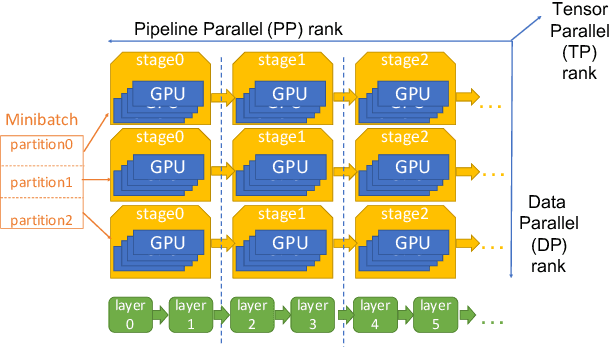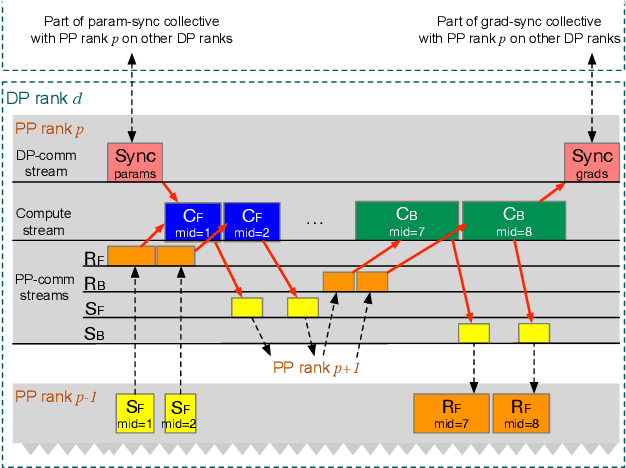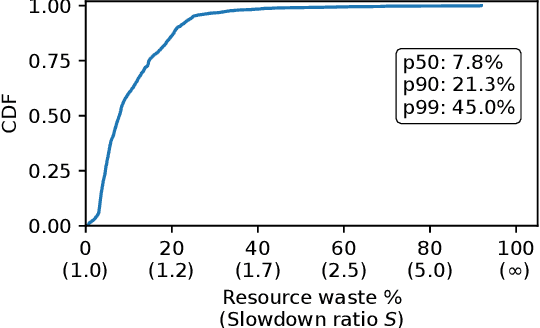Zuocheng Shi
Taming the Chaos: Coordinated Autoscaling for Heterogeneous and Disaggregated LLM Inference
Aug 27, 2025Abstract:Serving Large Language Models (LLMs) is a GPU-intensive task where traditional autoscalers fall short, particularly for modern Prefill-Decode (P/D) disaggregated architectures. This architectural shift, while powerful, introduces significant operational challenges, including inefficient use of heterogeneous hardware, network bottlenecks, and critical imbalances between prefill and decode stages. We introduce HeteroScale, a coordinated autoscaling framework that addresses the core challenges of P/D disaggregated serving. HeteroScale combines a topology-aware scheduler that adapts to heterogeneous hardware and network constraints with a novel metric-driven policy derived from the first large-scale empirical study of autoscaling signals in production. By leveraging a single, robust metric to jointly scale prefill and decode pools, HeteroScale maintains architectural balance while ensuring efficient, adaptive resource management. Deployed in a massive production environment on tens of thousands of GPUs, HeteroScale has proven its effectiveness, increasing average GPU utilization by a significant 26.6 percentage points and saving hundreds of thousands of GPU-hours daily, all while upholding stringent service level objectives.
Understanding Stragglers in Large Model Training Using What-if Analysis
May 09, 2025



Abstract:Large language model (LLM) training is one of the most demanding distributed computations today, often requiring thousands of GPUs with frequent synchronization across machines. Such a workload pattern makes it susceptible to stragglers, where the training can be stalled by few slow workers. At ByteDance we find stragglers are not trivially always caused by hardware failures, but can arise from multiple complex factors. This work aims to present a comprehensive study on the straggler issues in LLM training, using a five-month trace collected from our ByteDance LLM training cluster. The core methodology is what-if analysis that simulates the scenario without any stragglers and contrasts with the actual case. We use this method to study the following questions: (1) how often do stragglers affect training jobs, and what effect do they have on job performance; (2) do stragglers exhibit temporal or spatial patterns; and (3) what are the potential root causes for stragglers?
 Add to Chrome
Add to Chrome Add to Firefox
Add to Firefox Add to Edge
Add to Edge